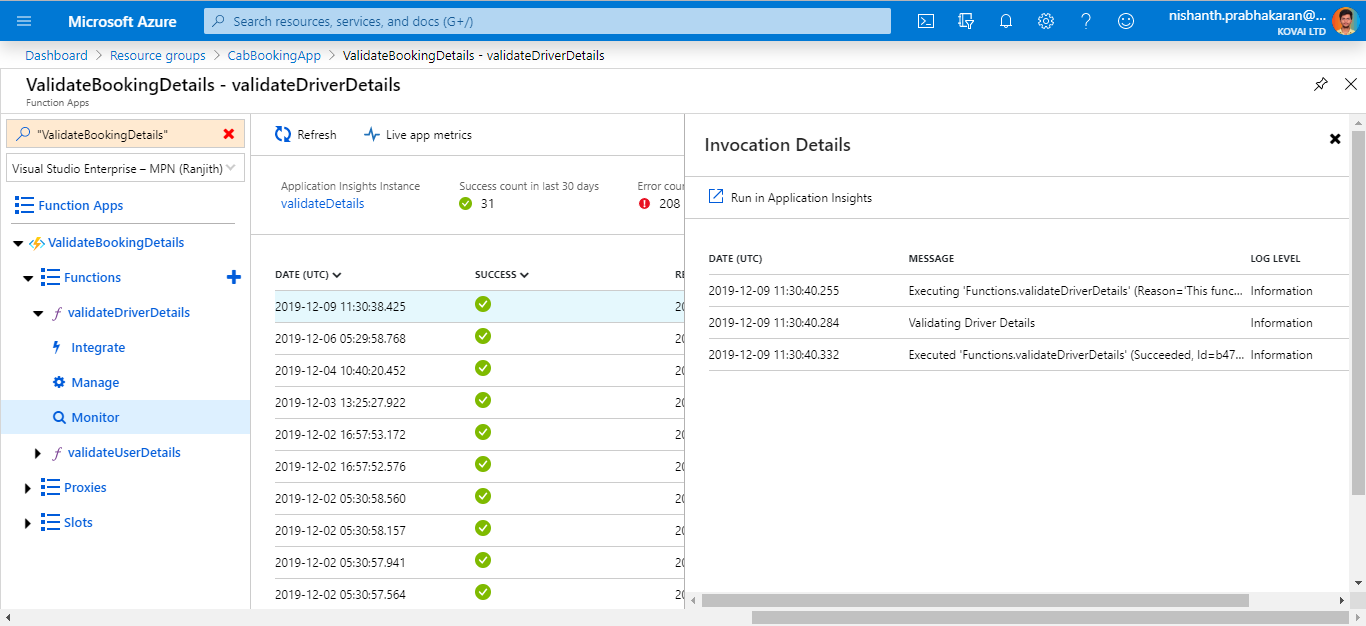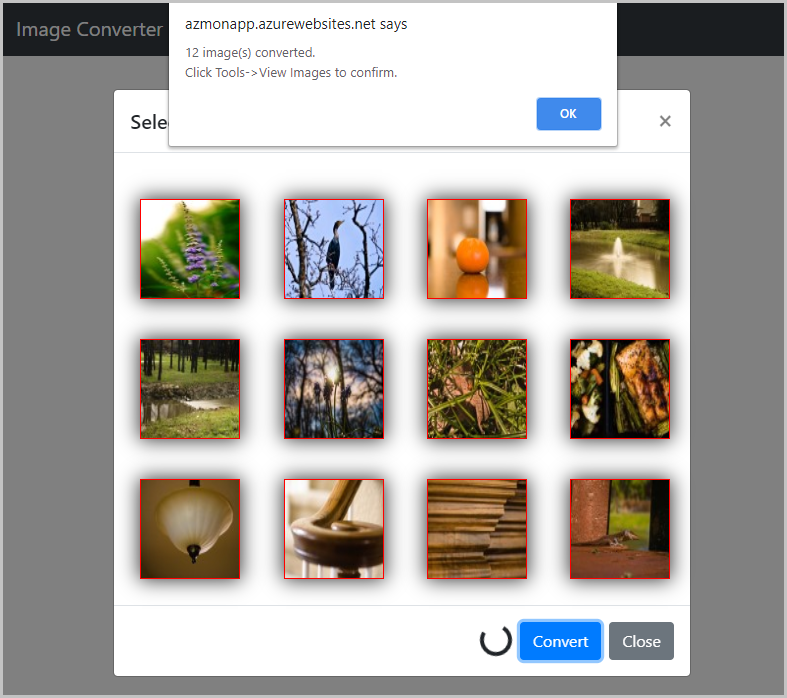

Azure Diagnostic Logs/MetricsĪzure diagnostic logs provide users with insight into the operation of a specific Azure resource and can contain both logs and metrics. These logs allow users to monitor who did what and when for any write operations (PUT, POST, DELETE) executed for Azure resources in a specific Azure subscription and to understand the status of the operation and other relevant properties. Below is a brief overview of the main data types falling under this category.

This data can be collected by users and stored in Azure storage accounts for analysis with Azure Monitor or 3rd party monitoring tools. To help gain visibility into these different components, Azure users can use a variety of different data sources and types made available by Azure. And so forth.ĭiagram 2: Azure multi-tiered monitoring Azure monitoring data We’re using Application Gateway as a load balancer. We’re using Active Directory for securing access to the app and user identity control and management. In the example shown here, our application is replicated across two Azure regions with the Azure Traffic Manager routing incoming requests to these regions. These two tiers are just part of a much more complex architecture as shown in diagram 1 below. Modern applications that must comply with strict SLAs cannot make do with the traditional web tier and data tier architecture. Whether on AWS, Azure or Google Cloud Platform, the same key ingredients are all there.īefore we understand what we are monitoring, it would help to understand what a classic Azure deployment looks like. Still, there are some common architectural guidelines when it comes to deploying modern web applications on the cloud. Anatomy of an Azure EnvironmentĮvery application is designed differently and is comprised of different building blocks. I will outline everything from what there is to monitor to start with, to the challenges involved and the two main solutions available to overcome them - Azure Monitor and the ELK Stack. In this guide, I’d like to provide readers with some information they can use when considering what path to take on their Azure monitoring journey. Azure users have a variety of tools they can use to overcome the different challenges involved in monitoring their stack, helping them gain insight into the different components of their apps and troubleshoot issues when they occur. Applications deployed on Azure are built on top of an architecture that is distributed and extremely dynamic.īut all is not doom and gloom. Monitoring an Azure environment can be a challenging task for even the most experienced and skilled team.


 0 kommentar(er)
0 kommentar(er)
